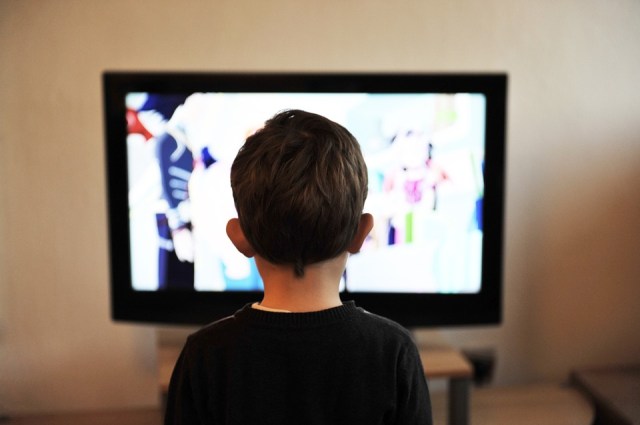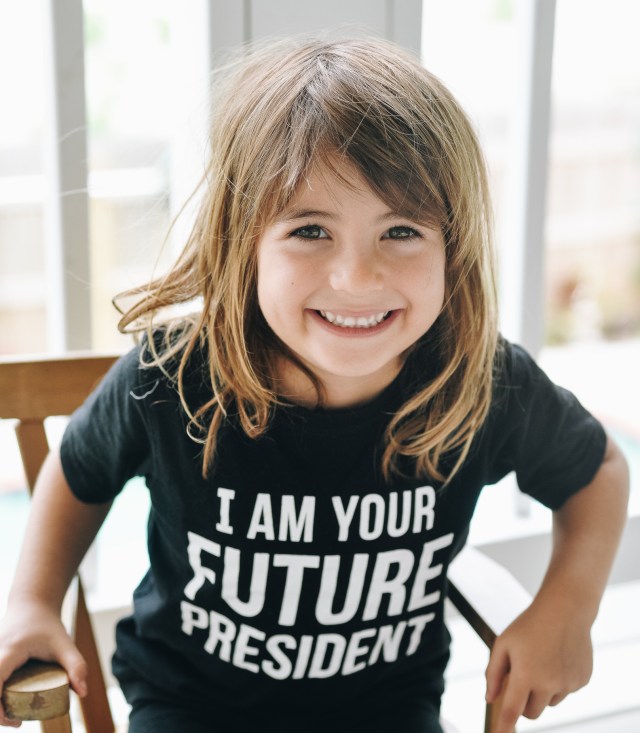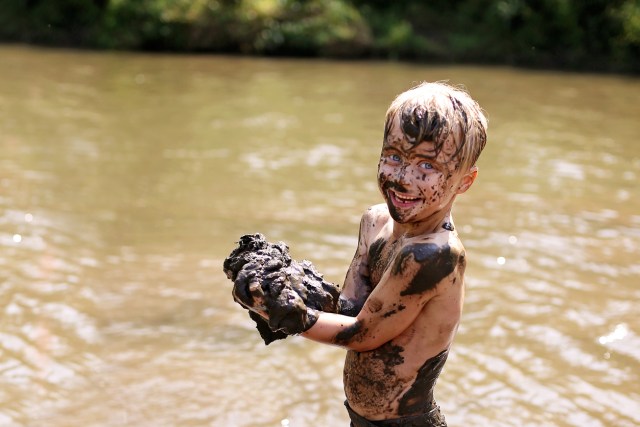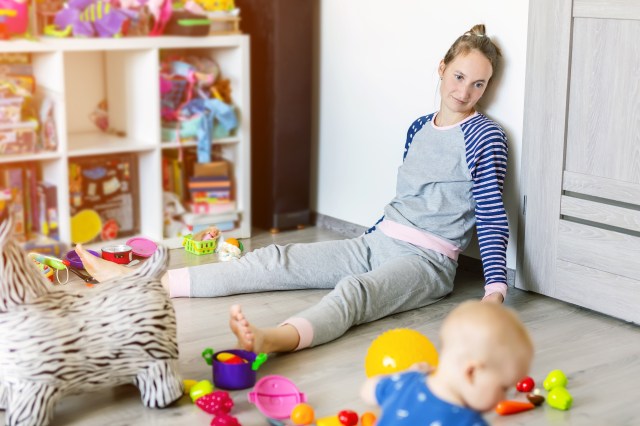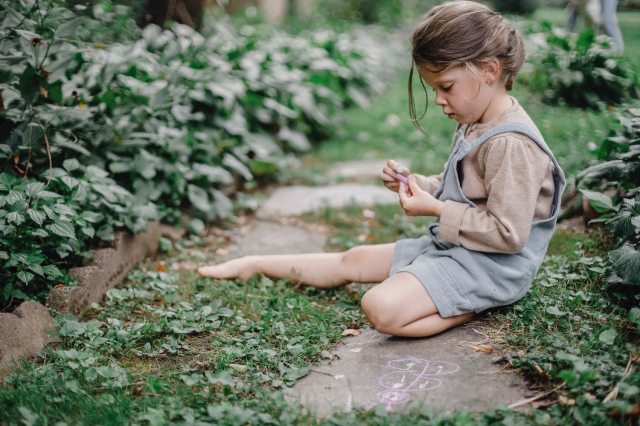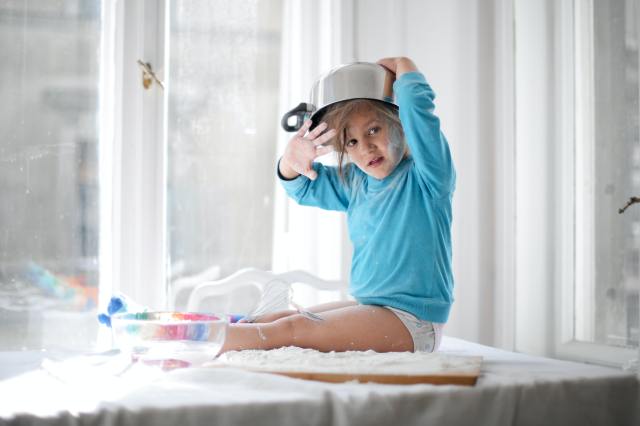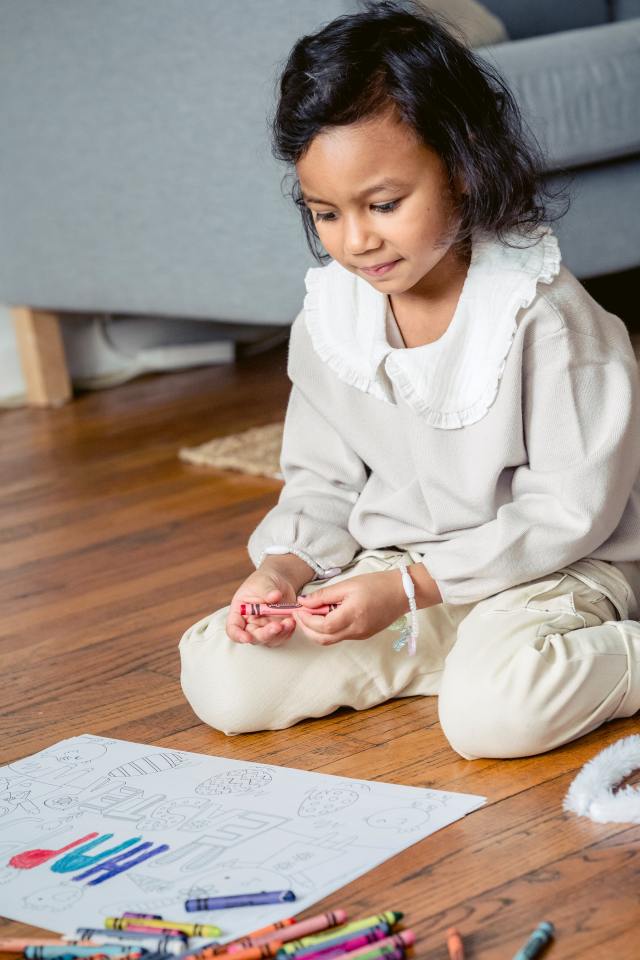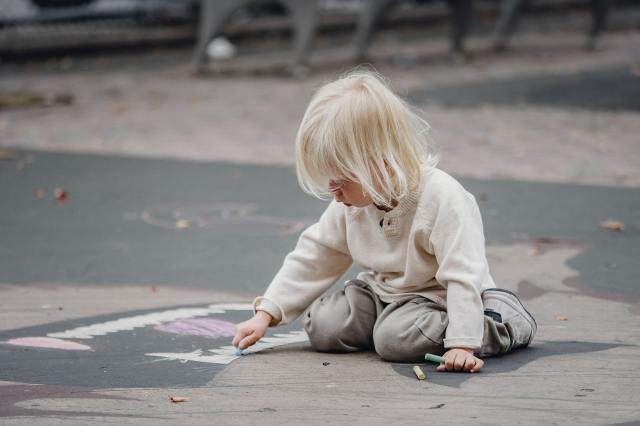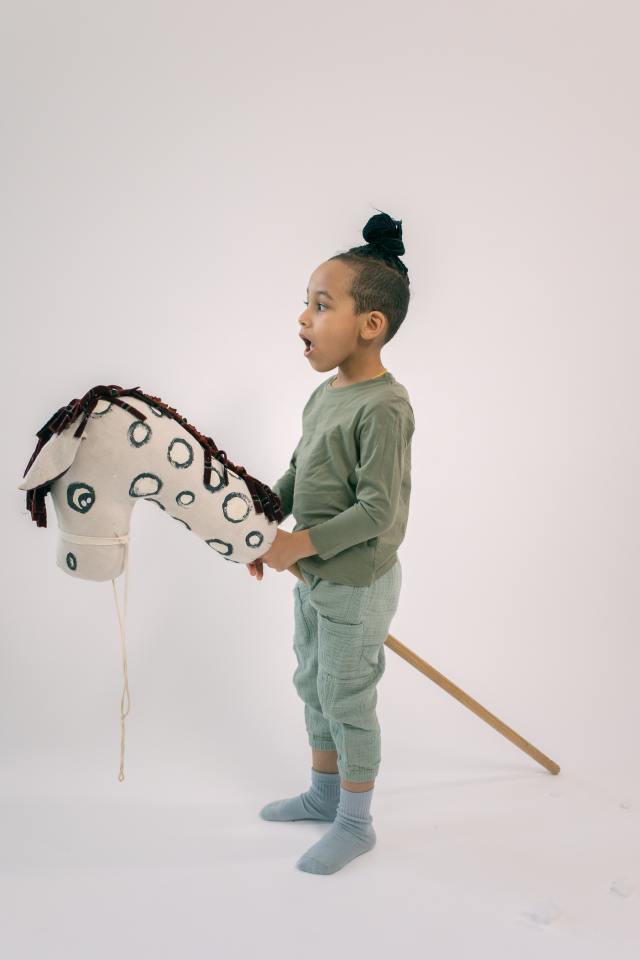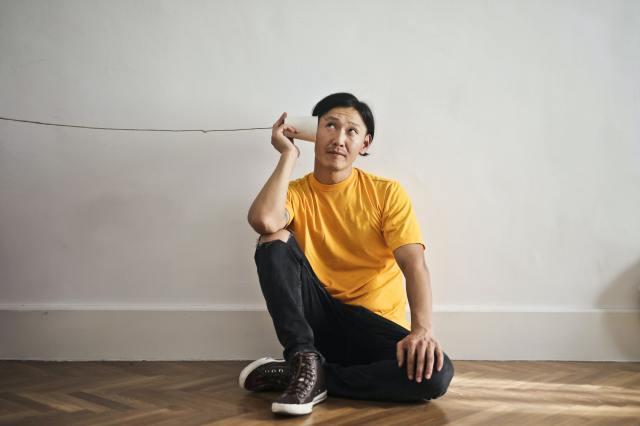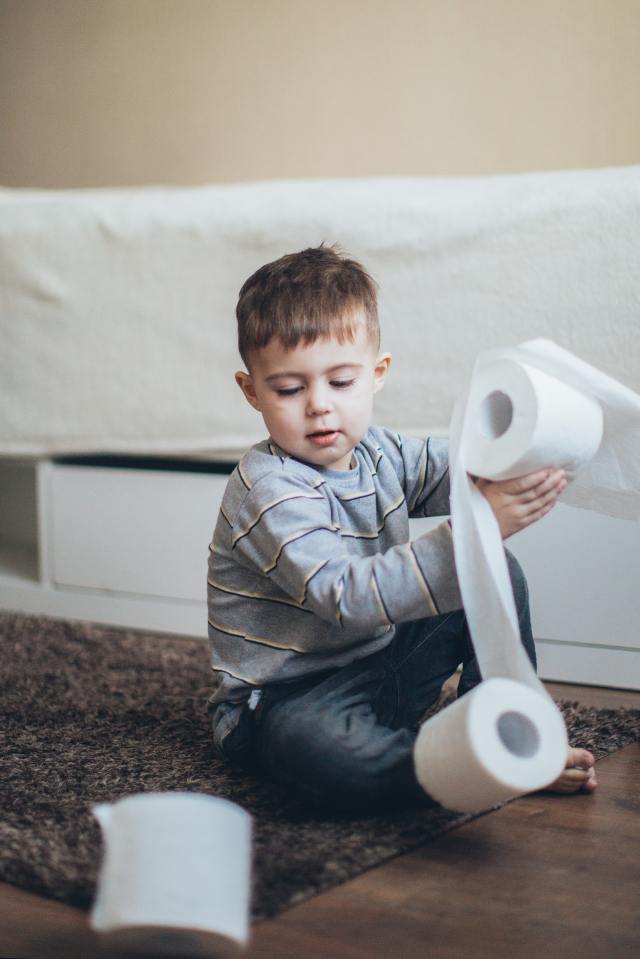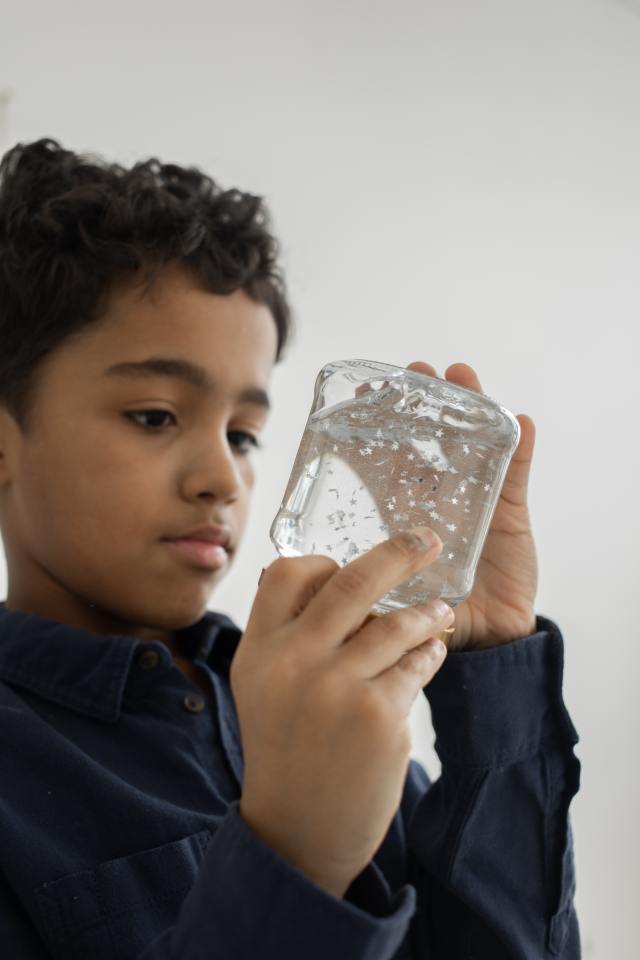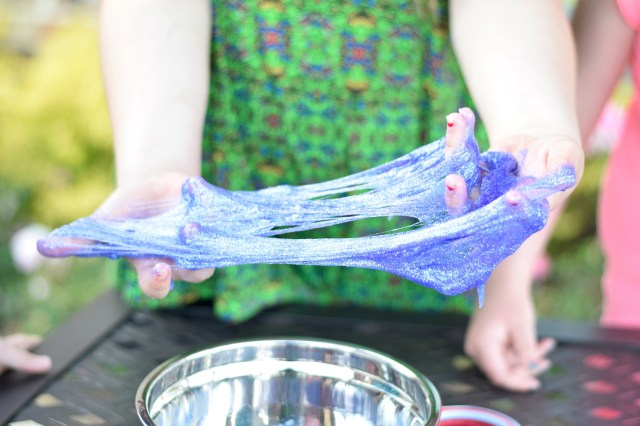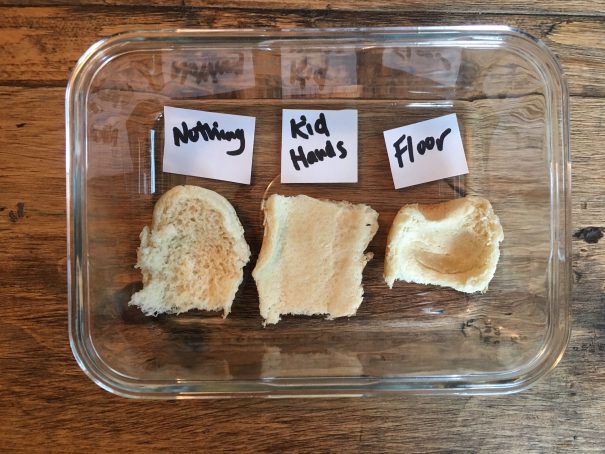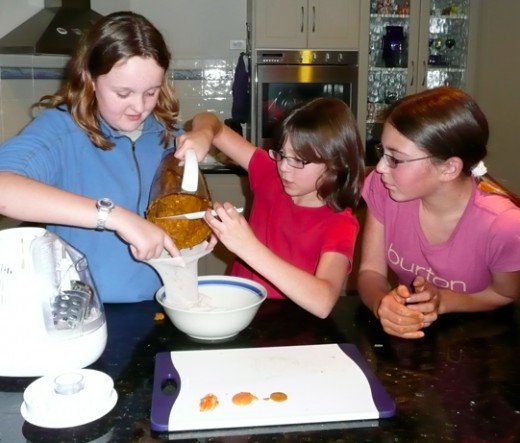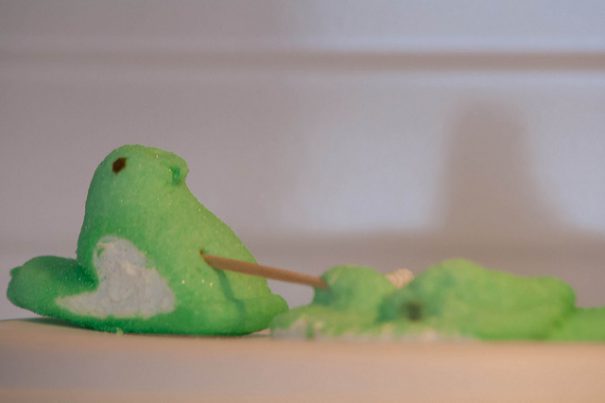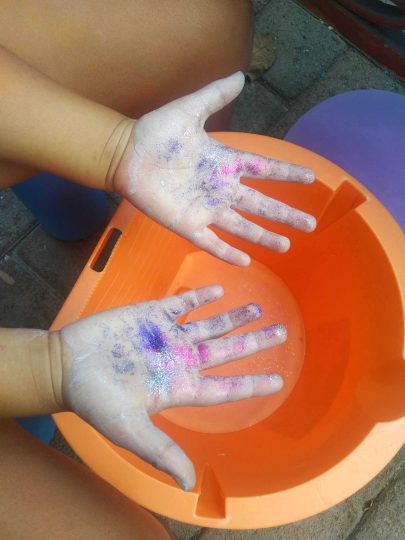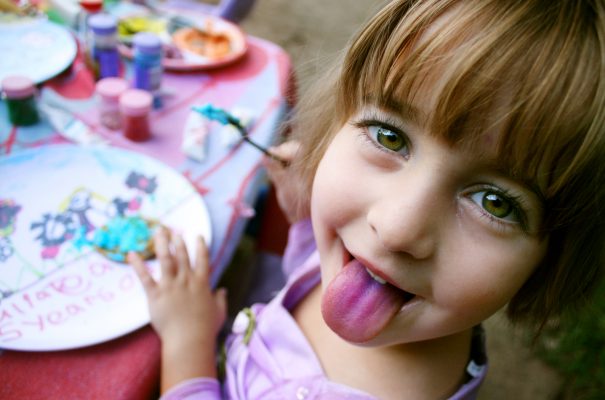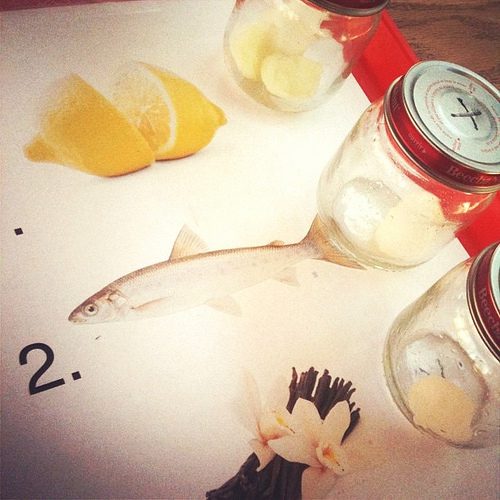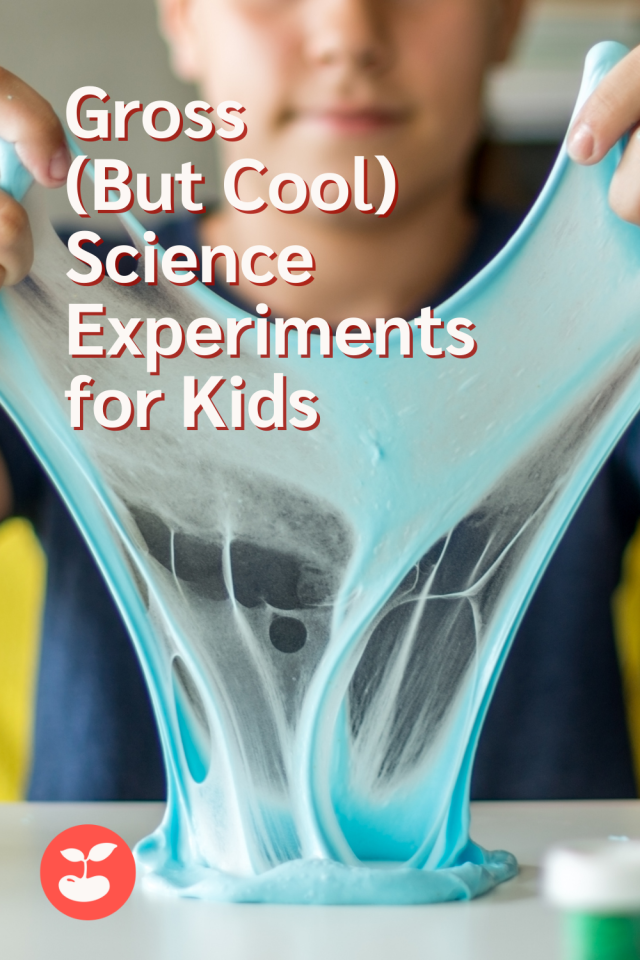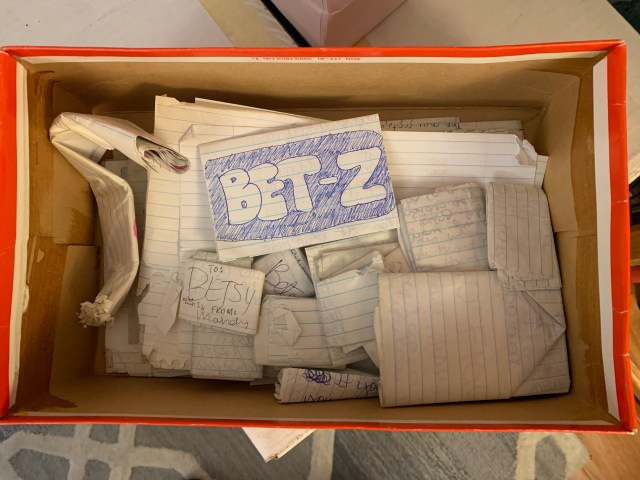I had been divorced for a couple of years when my former husband called with a surprise. Thankfully, it wasn’t the type of surprise he delivered the night he sat me at the table and told me he had been unfaithful for more than a decade and was leaving me for someone he met in Las Vegas.
No, this surprise had to do with our 12-year-old son. He said he was taking him to China for a vacation. I got that feeling you get when you walk in on a conversation, and everyone is laughing and looking at you like you know what they’re talking about.
China?
How had this come about? I searched my memory for some mention of anything remotely Chinese on my son’s wish list. Had the two of them been to see the First Emperor’s Terracotta Warriors on display at the Field Museum? Or taken a school field trip to Chinatown that I didn’t know about?
The only connection I could come up with was my son’s collection of Pokemon cards, but those are Japanese.
“Um… that would be cool, I guess,” I said, still processing the random nature of his declaration. By the time I gathered my thoughts enough to pose some questions and concerns, he announced that he had bought tickets to travel during a school week and over days that were technically mine on the parenting schedule.
“I can’t change it,” he said. “If I do, I’ll have to pay $1,000 and I know you don’t want that.”
What I didn’t want was to be told what to think or how to feel. An immediate, familiar pressure gripped my chest as I recalled all the activities and decisions that had already occurred behind my back. That he would plan something so extravagant for our son without discussing it with me felt too unfair. I was already struggling with the realities of co-parenting our three children, still getting used to the myriad ways a divorced mom must learn to let go as she is eased out of her job.
After college, I worked as a secretary in London for a few months and learned that, rather than firing people, workers are “made redundant.” It means the same thing but sounds so much nicer. I’ve been made redundant as a mother—no longer needed or useful in all the ways I once was.
This shows up in small ways:
Tell me about your science project. “I don’t want to talk about it. I told dad all about it.”
Want to see the new Marvel movie? “Sorry, mom, we saw it with dad.”
Guess what? I got pizza for dinner! (A chorus of groans.) “We had pizza two nights in a row with dad!”
And in big ways, like feeling helpless and broken during that stretch when my daughter called, in tears, begging to come home every time she was at her dad’s. Or having no words of comfort when my boys expressed their anger about their dad’s girlfriend moving in.
All of those impotent moments were triggered again by the thought of my son flying halfway around the world without me. I imagined him sleep-deprived and anxious from the long flight, wandering lost in a crowded street market, even starving, thanks to his finicky diet.
Overprotective? Maybe. But once your trust in someone is so completely shattered, how do you patch enough of it together to cover some areas and not others? I believe my kids’ dad is, as a parent, loving and devoted. But I believed that about him as a husband, too, and I was wrong.
I don’t blame myself for being guarded. I believe that any mother who has ever experienced betrayal would likely volunteer to go through it again rather than see her kids suffer a similar disappointment. At the same time, I have to be careful not to color my kids’ experiences with my disappointments. For me, this meant smiling while I packed a suitcase and waved bon voyage to my baby. It also meant feeling genuine happiness when my baby returned unscathed, unperturbed and a little more worldly.
Yes, I have learned some wonderful lessons on this road back from betrayal.
Here are the big ones.
Respond rather than react.
One of the best decisions I made early in the divorce process was to treat negotiations as business agreements and relegate them to emails rather than phone calls. That way, I can take my time and formulate a clear-headed answer on my timeline. Reacting equals losing power. Responding equals reclaiming power.
Have your facts straight.
In the case of the China trip, I assumed that my son couldn’t be taken out of the country without my permission. But when I checked our parenting agreement, I saw that my former husband only needed written permission from me for the first 24 months following the divorce. Wow. That shocked me, but there it was, in black and white.
Gathering the facts gave me time to gather my thoughts enough to get clear about my objections and whether they were ones I had a right to make. As galling as it is to have to follow rules with a rule-breaker who broke your heart, do it anyway.
Come from a “well-fed” place.
This is the juicy center, the meat inside the sandwich. Everything revolves around my ability to get quiet, tune in and take responsibility for my inner world. What are my motivations? Is this about me or my kids? Am I fighting for the sake of fighting? Am I settling an old score? Am I bored, lonely or craving drama? I need to look at whether I’m feeding myself what I need rather than entering into a “hungry” exchange with my former husband.
Of course, life, in its perfection, always provides us with opportunities to practice these skills. I had another chance when our daughter turned 13 and her dad decided it was her turn for an extravagant trip—to Thailand. This time I was prepared.
My response? Don’t forget your sunscreen.
Oh, and bring me back a Buddha.
Originally published in June 2018 on She Does the City.
RELATED LINKS
Dear Husband: I Need More Help from You
When Divorce Is the Only Answer
Why I Stopped Overcompensating for My Kids’ Absent Dad
Tammy Letherer is an author, writing coach and blogger. She holds a degree in Journalism from Indiana University and has enjoyed a long, varied professional writing career. She is the author of a memoir, The Buddha at My Table (release date October 2018) and a novel, Hello Loved Ones. She lives in Chicago with her children.














